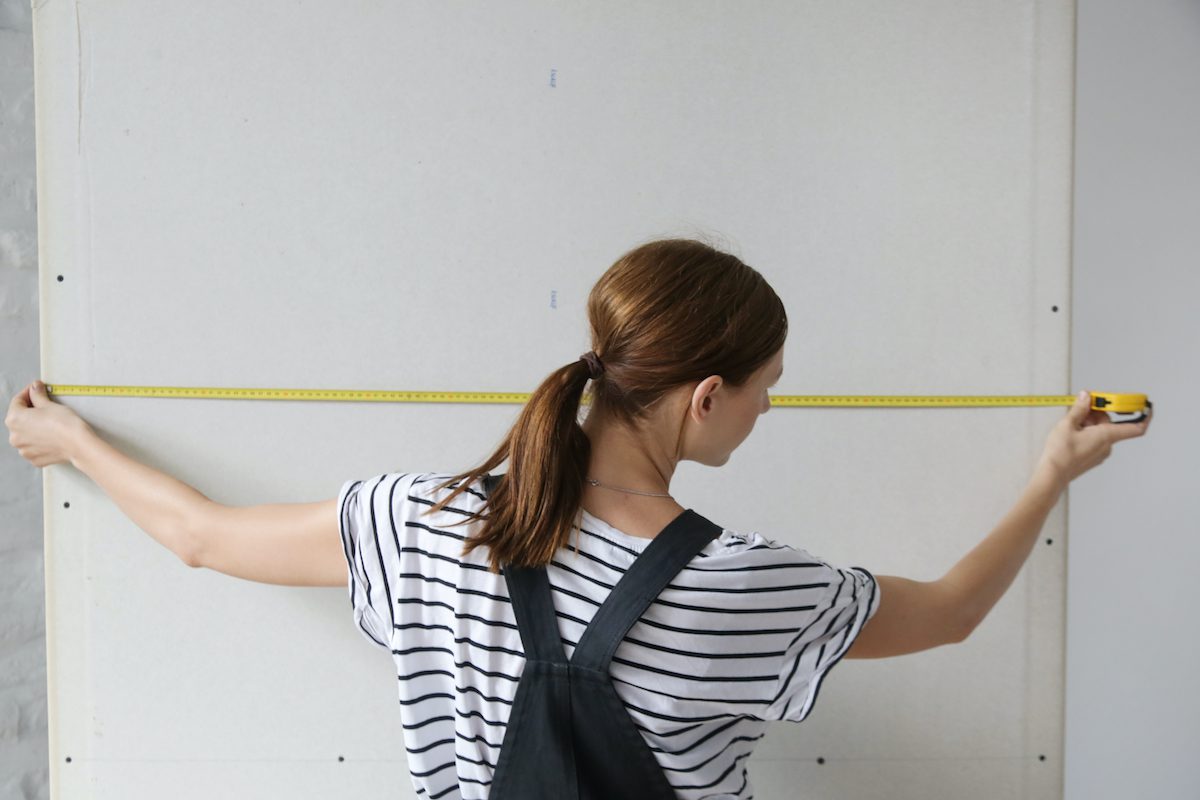How to Measure the Square Footage of Your Rental Home

There's so much information to collect when preparing to list your rental property. The end goal is to attract a large number of potential tenants. You may start by collecting a list of all your home's amenities, but don't forget about one important detail — the square footage of your rental home.
This is most likely something you'll need to calculate on your own, so make sure you know exactly how to measure the square footage of a home. It requires a little bit of math, a lot of time with a measuring tape and some basic knowledge on what counts toward the total and what doesn't.
Even if it feels like a tedious task, it's worth having an accurate square footage number for your property when it's time to list it for rent.
The importance of knowing your rental home's square footage
There's no specific method for figuring out how to measure the square footage of a home, yet it's important you get it right. Especially with a rental, the home's size is an essential attractor for potential tenants. It's how they'll know all their stuff — and family members — will fit into the home.
Properly calculating the square footage of a house will also help you establish your rental price. Square footage determines value, even when renting, so you don't want to get it wrong.
What's included when calculating square footage of your rental house
A home's square footage includes only the finished, interior areas in a home that are heated, like rooms, closets and hallways. This is a broad description and can cause confusion since some finished areas don't actually count. These include:
- Finished and unfinished basements
- Crawl Spaces
- Patios
- Porches
- Decks
- Balconies
- Garages
While you don't need to measure these spaces, it's a good idea to calculate square footage for areas like your finished basement so you can list it out separately as an amenity of the home. Although it won't go into the total when calculating the square footage of the house, it's an attractive add-on to say you've got an unfinished basement that's additional square feet.
All of your rooms do count toward your overall square footage. That means bedrooms, kitchen, living room, dining room, den, office, etc.
A few unique exceptions
Again, the definition of what counts toward overall square footage is vague. While the above breakdown may give you some idea of what to include — and what to leave out — there are always exceptions you may not expect.
- An attic can count toward overall square footage if it's finished and has a ceiling height of at least seven feet for more than 50 percent of the room.
- Covered and enclosed porches only count toward your total square footage if they're finished and connected to the home's existing heating system. You don't have to hook up the AC to cool the space, but it must have heat.

How to measure the square footage of a home
To start, draw a rough layout of your rental home and label each room. Include a separate sheet for each floor, just to make it easier to keep track. For measurement purposes, when dealing with large spaces like an open kitchen-living area, break the space into rectangles. It's much easier to measure a rectangle than an odd shape.
Next, collect the right supplies. You'll already have your home sketch and a pencil, but don't forget a calculator and measuring tape or laser distance meter. This high-tech alternative to a measuring tape lets you get accurate measurements without having to put in as much legwork. The pulse of the laser calculates the distance from one end of the wall to another. You also won't need an extra pair of hands to hold the tape measure in place as you walk to the opposite corner of the wall.
For each area or room, measure both the length and width in feet, rounding to the nearest half. Record the information on your floor plan.
Calculate the square footage of each space by multiplying width times length. Record that as well in each room on your sketch, then add all the sums together. If you end up with an extra half in the total, round up. Make sure to add together all the floors in your rental home for the final number.
A proper breakdown of square footage
To provide potential renters with the most truthful listing of your rental property, make sure you break out the areas of your property correctly. This means having a listing that groups together what belongs in the total square footage of the home, and what doesn't.
Here's an example:
This two-story home is 3,000 square feet with a 1,000-square-foot finished basement and a 600-square-foot, two-car garage.
What you wouldn't say is that your rental property is 4,600 square feet. Grouping it all together in a single listing would mislead the renter and could create problems when it comes to finding a tenant.
Getting your rental ready to list
Taking the time to properly learn how to measure the square footage of a home enables you to provide a better description of your rental home. This, in turn, will attract more potential tenants, and hopefully, get your property rented out that much faster.
